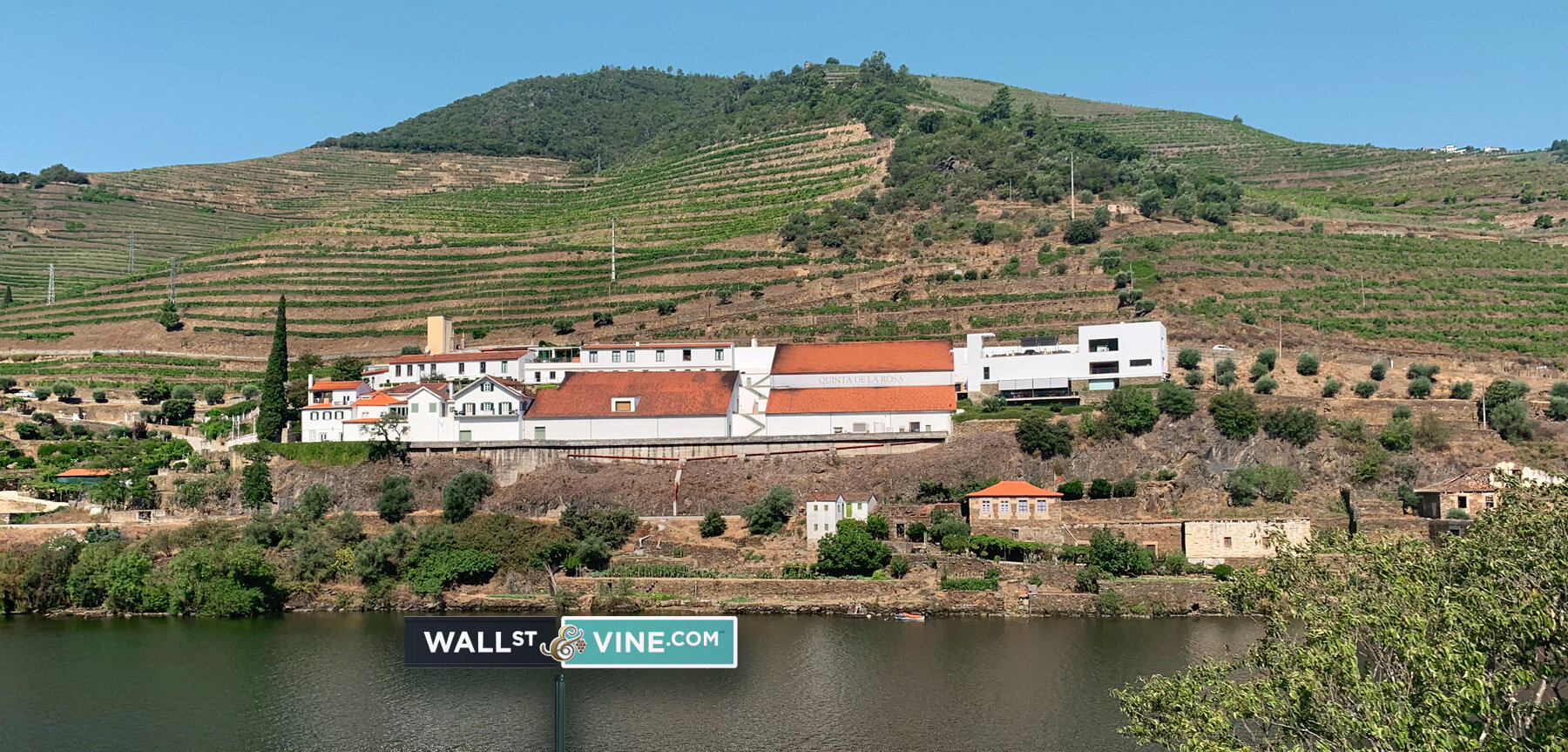How Is Vineyard Performance Informing My Residential Real Estate Strategy?
Quinta de la Rosa, on the Douro River in the Douro Valley in Portugal
We all know how obsessed most Australians are with real estate. The subject of residential real estate creeps into many conversations, and it appears to be the most commonly covered topic in Australian news and media.
I am often surprised at how often wine experiences and knowledge creep into other aspects of my life and conversations. I sometimes hold back on bringing wine into discussions on non-wine subjects because I am conscious of being too much of a wine geek. However, today I am jumping right into how wine influences life because I never expected a wine experience to influence my residential real estate strategy directly! This story might pique the interest of Australians (and others) because there could be real estate opportunities to uncover - ones where changes in future demand are not yet factored into current prices.
While in the Douro Valley in Portugal in July '21, at Jancis Robinson’s recommendation, I stayed at a lovely Quinta on the Douro River near the town of Pinhao, called Quinta de la Rosa. In Portugal, a Quinta is a wine-producing estate. Quinta de la Rosa is owned and run by a 7th generation port family. Quinta de la Rosa makes both port and still wines and has a global reputation for both.
My stay at the Quinta caused me to rethink my residential real estate strategy and here is the story.
When I'm on a wine-oriented trip, I eat and drink a lot, and so exercise is critical to enjoying my travels so that when I get home, my clothes still fit. And so, while staying at the Quinta, I hiked all over the property, including its 62 hectares of vineyards located along the river and up and over the steep slopes. Steep slopes are a hallmark of the Douro Valley, and so I mean hike. It was only possible to hike in the early morning because temperatures reached up to 40 degrees Celsius while we were there. On two walks, called the Vedeal and Lamelas walks (which you can see marked on the below contour map of Quinta de la Rosa's vineyards), I noticed some newer vineyard plantings at the top of the property, and they were north facing.
Historically, vineyards have been located with an aspect affording the most sun and warmth. In the Northern Hemisphere, this means vineyards are south or southeast-facing to afford ideal ripening for grapes, where maximum sunlight is achieved, but hotter afternoon western sun is minimised. Conversely, in the Southern Hemisphere, a north and northeast-facing aspect has been favoured (only the North/South orientation changes because the sun rises in the east in both hemispheres).
I met with Philip Bergqvist to taste some of the Quinta's delicious wines and ports. Philip is part of the family that owns Quinta de la Rosa, and he's been involved across many aspects of the Quinta, including wine and port production, the winery, the development of the accommodation and a brewing project. I asked Philip about these north-facing vineyards.
Philip said that for their still wines (i.e., not ports), climate change is causing some of their historic vineyards to be too warm to deliver top-quality wine. Amongst a range of climate change management tactics, Philip has planted farther up the hill with some newer vineyards, and he's favoured north-facing locations to reduce sunlight on his vines, particularly for whites, and he is happy with the results. The 40-degree temperature we experienced that day helped me fully absorb his argument.
Planting north facing vineyards in the Northern Hemisphere is a massive departure from historic vineyard practices, and it makes me think that other significant changes are afoot in the world.
There are already aspect changes occurring in Australian vineyards. For example, apparently, Mac Forbes in the Yarra Valley has established south facing vineyards. This was previously unheard of in Australia’s historically cooler climate vineyards regions, such as the Yarra Valley in Victoria.
I contend that there will be a departure from the historic Australian real estate mantra that the best aspect for a home is Northeast facing; people will be looking to escape some of the effects of increased temperatures.
I have recently relocated to Sydney after 30 years living in the United States, and my husband and I have decided to depart from the Northeast mantra, and we've purchased a place to live with a Southeast aspect.
We wanted to live in Tamarama, where I was a lifesaver as a teenager, but we also wanted to be strolling distance to Bondi Beach dining and amenities. Strolling distance meant living on the northern side of Tamarama beach. If you're going to see the beach from the north side, in most instances, you face south. Sydney is getting warmer and stickier, and so we believe that some relief from the sun will be beneficial to living in Sydney in a warming climate. And so to live in the neighbourhood we want, we've bet against historical norms. I feel good about our decision for summer. As for winter, we'll find out soon enough; one thing we've done is include a biofuel fireplace to help offset less sunlight in winter.
In warmer parts of Australia, will the advantage of a northeast aspect be eroded in residential real estate? What opportunities exist to get ahead of climate changes like this when it comes to residential real estate investment?
I am curious to start a discussion.



